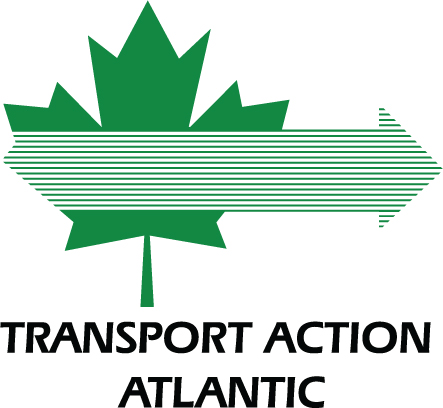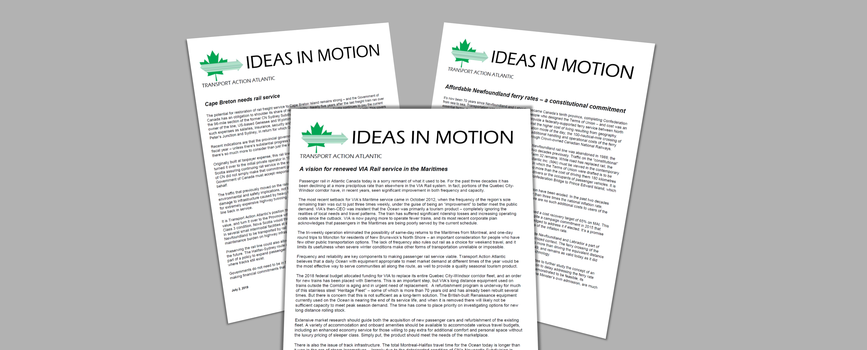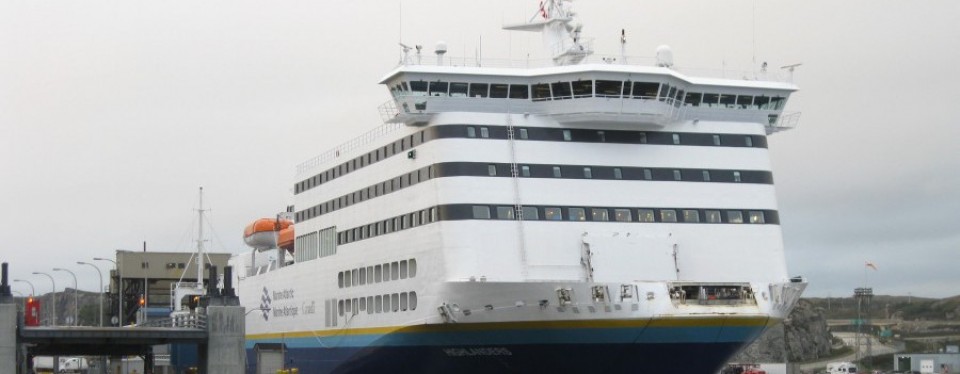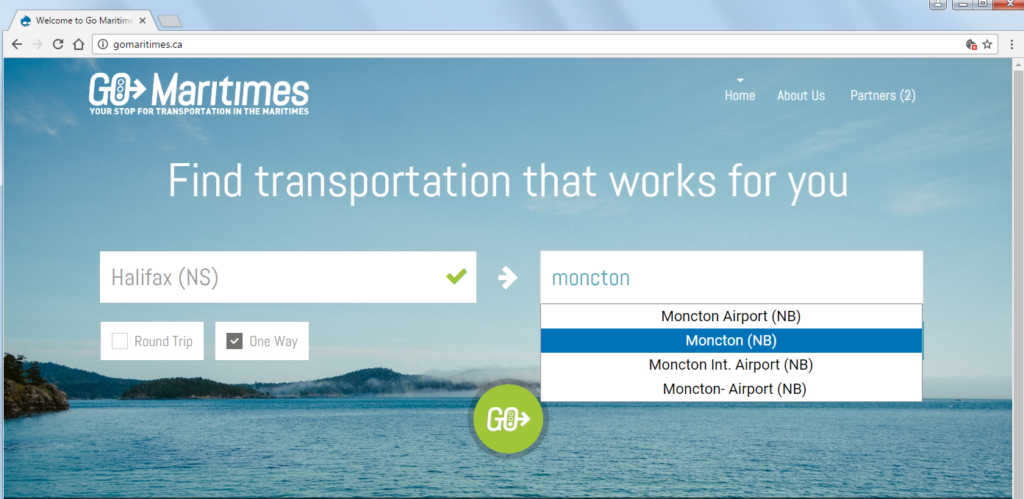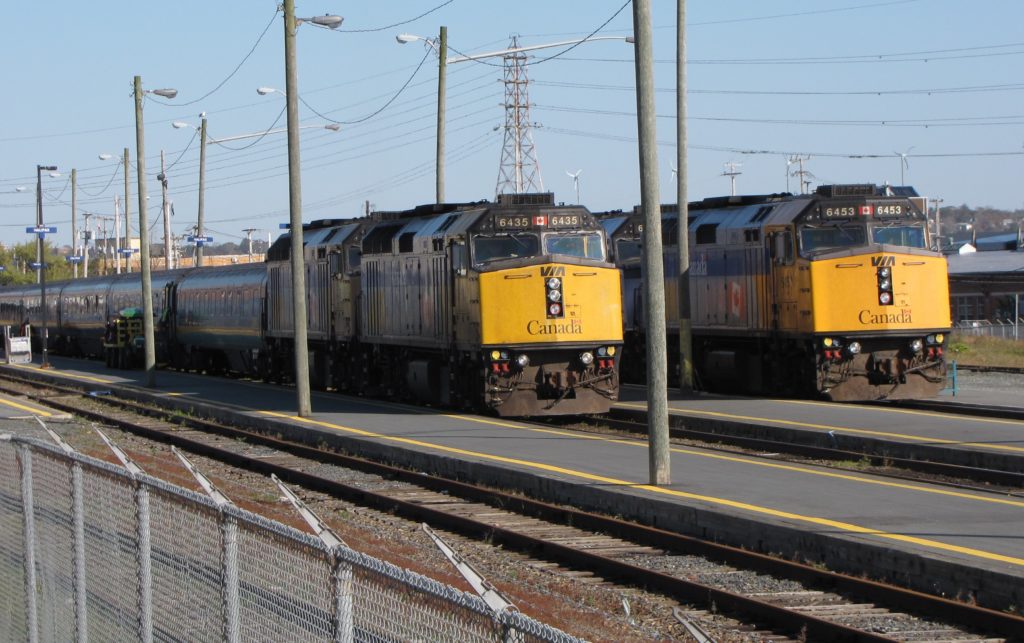
After 20 years of carrying passengers to New Brunswick and Nova Scotia, PEI’s Advance Shuttle has shut down. The company was purchased by Maritime Bus in 2012, who continued to operate it up until its final run on January 6, 2017. Maritime Bus had concluded that the cost of running the shuttle service in addition to their own bus services was no longer justifiable.
Despite losing the shuttle service, passengers travelling between Charlottetown and Halifax will be gaining additional bus options, as Maritime Bus has added additional late day departures in either direction. These extra buses will also benefit people along various parts of the route, by adding additional travel options later in the day.
While further bus options are a good thing, some passengers will no doubt be disappointed by the loss of the door-to-door service that the shuttle provided. For example, those going to Halifax for doctor’s appointments used to be able to get dropped off directly at the hospital, while they will now be dropped off at the bus station.
Continue reading “PEI shuttle ends, Maritime Bus adds more runs”
